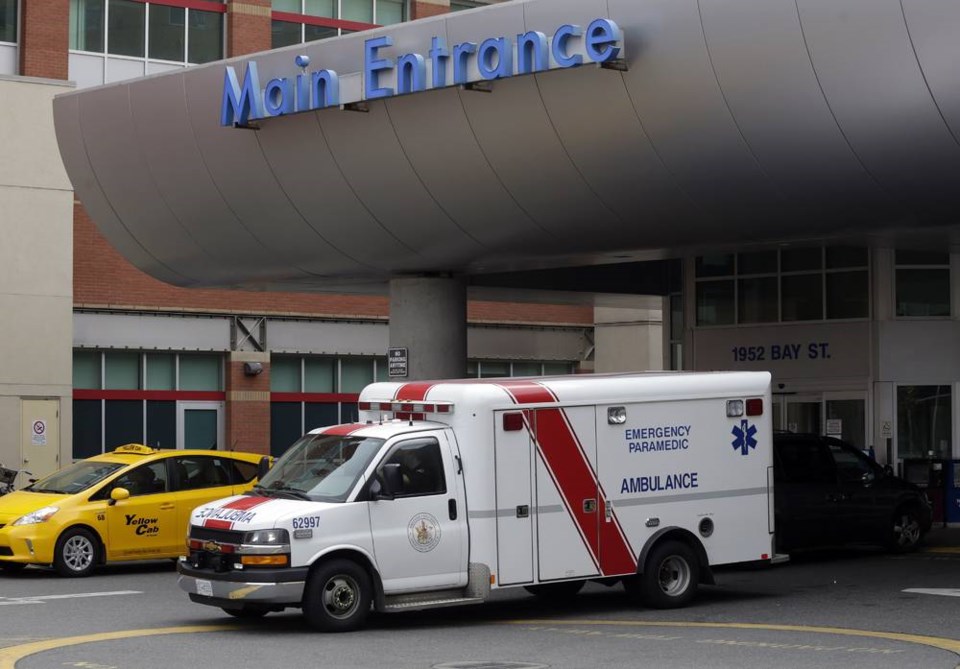Saying ambulance service is one of the most important government services, Health Minister Adrian Dix announced Tuesday that the number of rural ambulance stations to be converted to round-the-clock operations has been increased to 24 from 22.
In mid-July, the province promised the conversions, and said it would fund 85 new full-time paramedics, 30 full-time dispatchers and 22 new ambulances.
On the Island, those rural stations include Lake Cowichan, Port McNeill, Tofino, Cumberland and Bowser.
As well, 26 smaller stations are getting more permanent regular paramedic jobs starting on Nov. 1, including stations in Alert Bay, Cortes Island, Port Alice, Sayward, Sointula, Tahsis and Zeballos.
Troy Clifford, provincial union president for the Ambulance Paramedics of B.C. and Emergency Dispatchers of B.C., which represents 4,500 paramedics, call takers and dispatchers, said there was already a severe shortage of personnel and ambulances before the summer’s two heat waves, the opioid crisis, and forest fires combined to push resources well beyond their limit. Double the number of calls were coming in and the service had fewer staff.
In response, Dix announced that the B.C. Emergency Health Services board of directors would be reconstituted and directly accountable to the health minister, “with a clear mandate to ensure better service for patients and families who rely on the services — and better supports for workers who deliver the service.”
The health minister appointed Jim Chu, former chief of the Vancouver Police Department, as board chair, and announced the BCEHS would be led on an interim basis by chief ambulance officer Leanne Heppell.
The province has hired 271 paramedics since the start of 2021 to move the ambulance service away from on-call positions to part- and full-time positions.
Clifford said the new BCEHS governance structure bodes well and the new jobs have been posted, but the story of Parksville resident Chuck Blakey, who died waiting for an ambulance, suggests “it’s a drop in the bucket” and not a large enough or fast enough change to address a crisis.
On Tuesday, Dix didn’t have the specific number of new paramedics and dispatchers in place, or how many stations have been converted — or the pricetag — but he said the positions are being filled. “The ambulances are being ordered. The dispatchers’ positions are being filled. And we’re in the process of filling them. They’re all funded, and they’re all in place, and they’re all coming.”
Clifford said the union has been “sounding the alarm for a couple of years” and doesn’t expect changes overnight. “We still have shortages of ambulances and not enough resources and we don’t have enough paramedics and dispatchers to meet the demands.”
In addition to the changes announced by the province, pressure needs to be kept on managers within the BCEHS — “the same individuals that got us into this mess,” said Clifford.
Blakey’s 911 call would have likely been coded a red or purple call, the highest levels, he said. “A 30-minute delay is too long for anybody to wait for an ambulance, never mind in an emergency situation,” he said. “If that’s the timeline … it’s very worrisome.”
Clifford, who has been in the profession 33 years, said the Blakey family’s story is the kind that keeps him up at night.
“I know those paramedics and dispatchers would have been sick over this situation,” he said. “And the ultimate impact is on that family. So, no, it’s not acceptable.”
ceharnett@timescolonist.com



